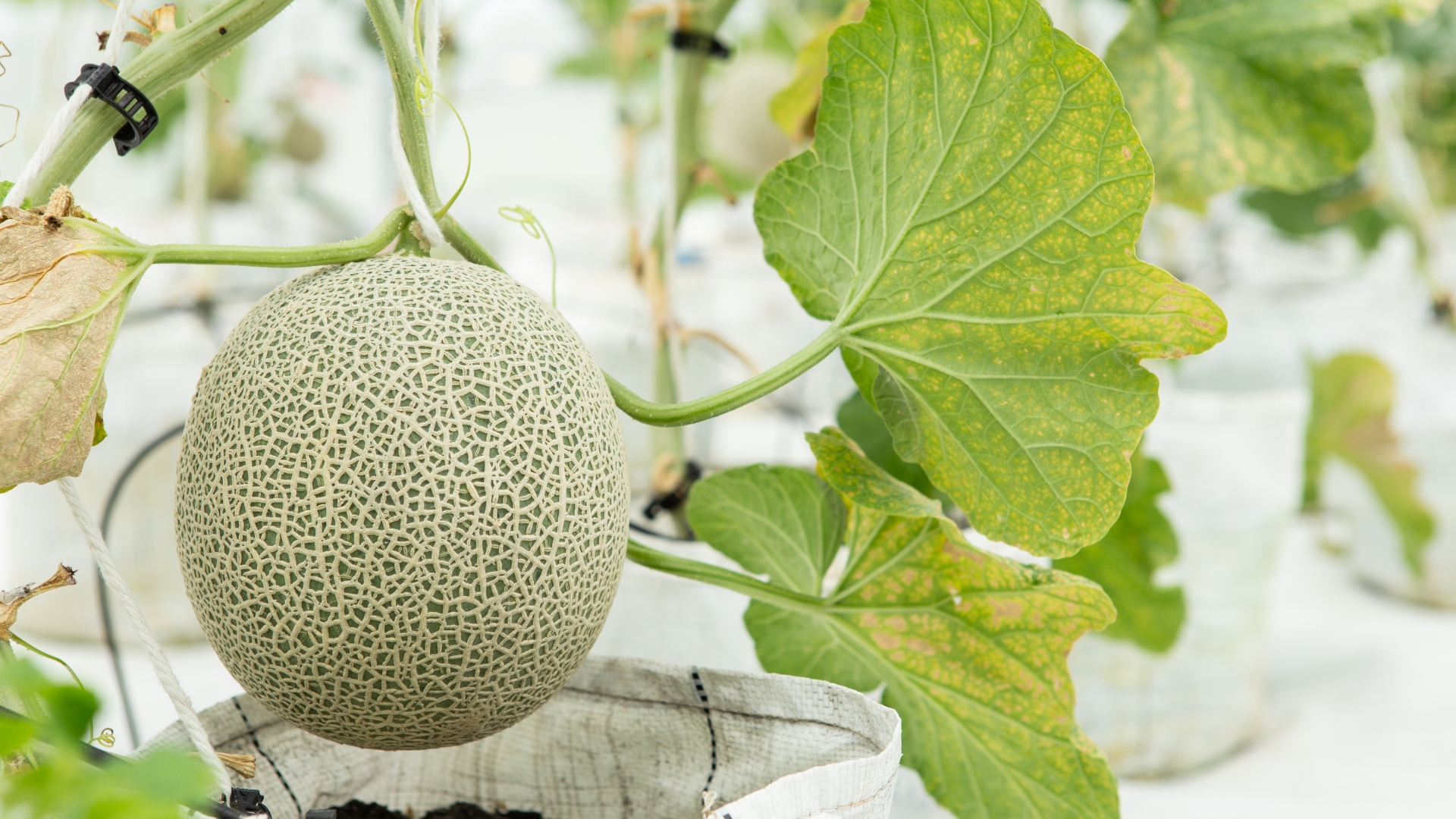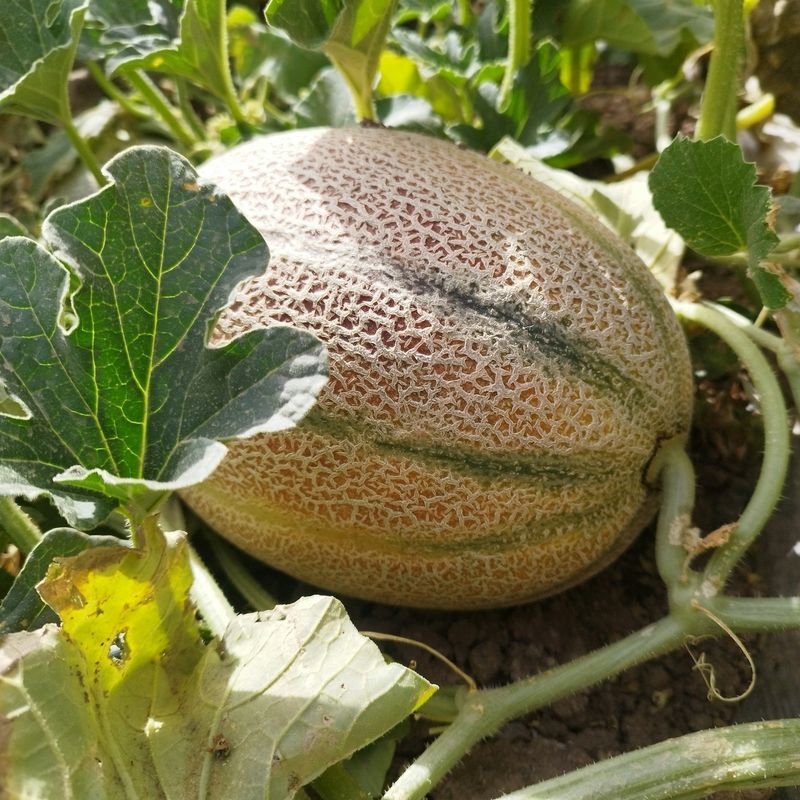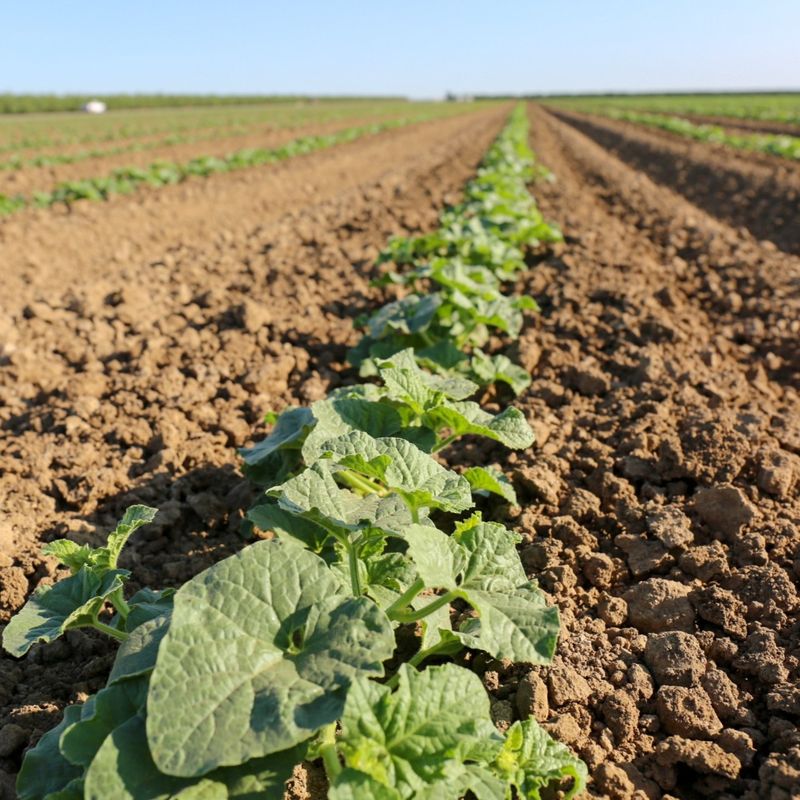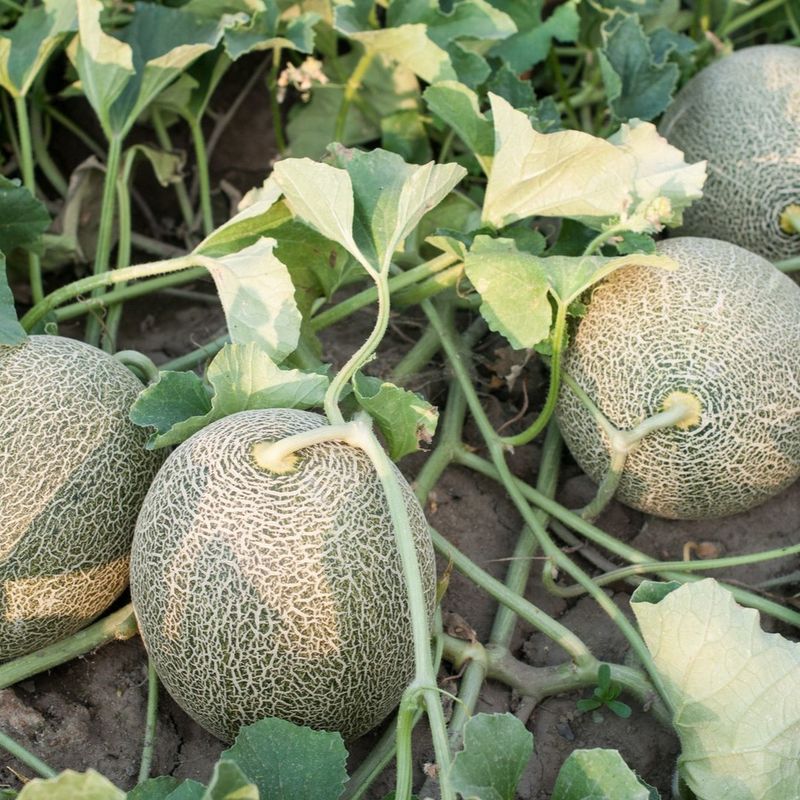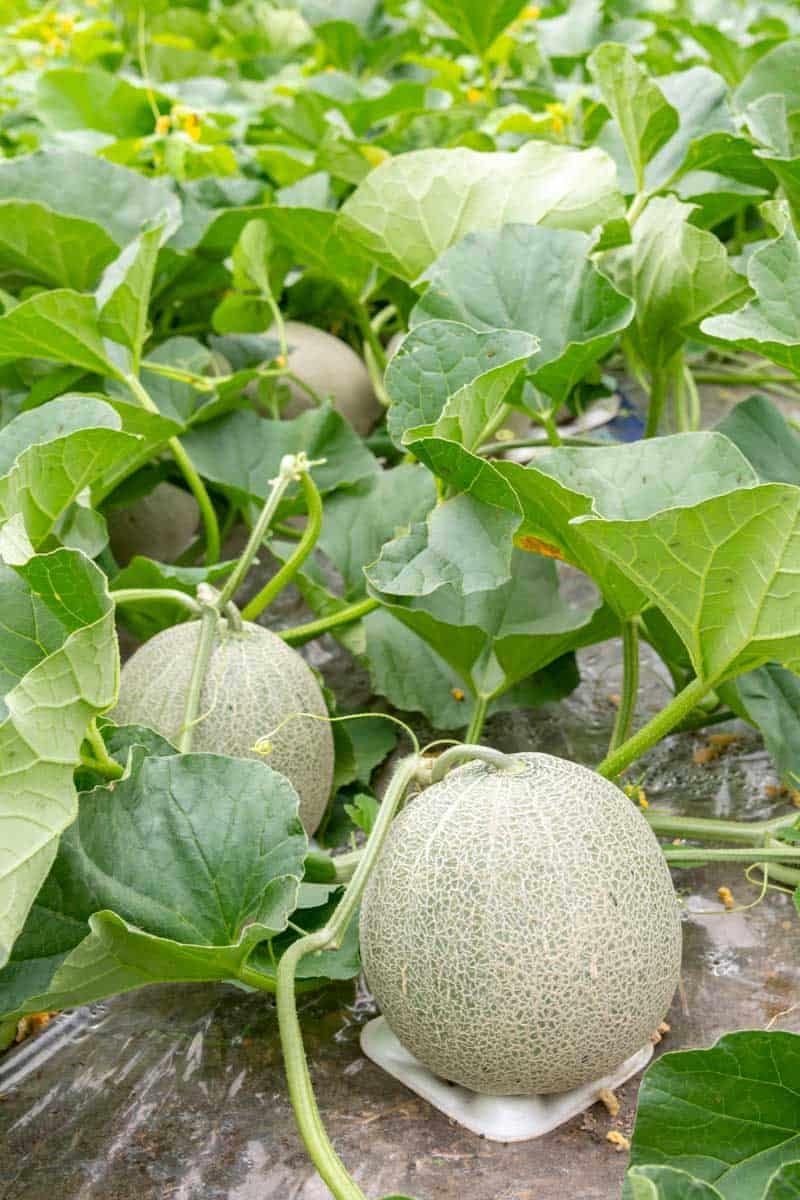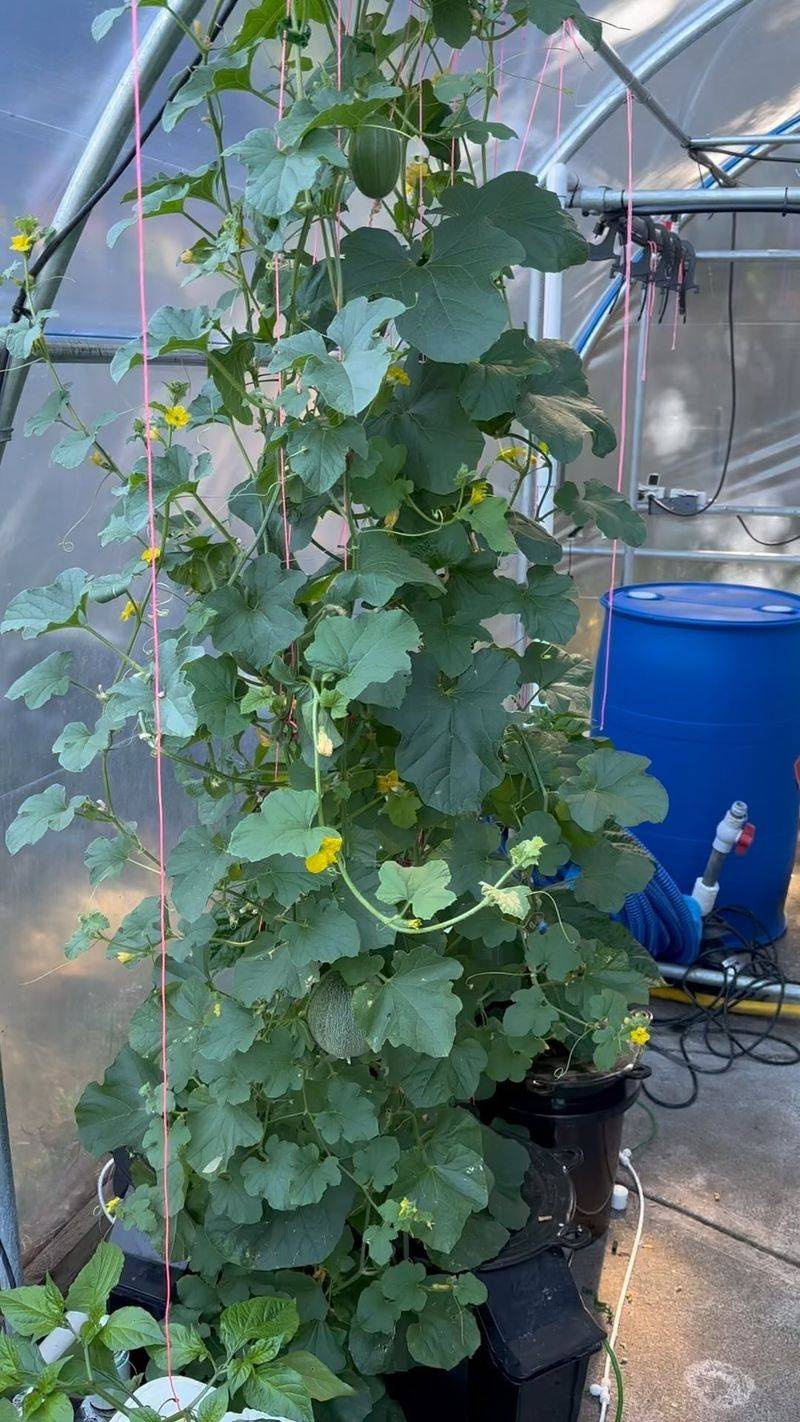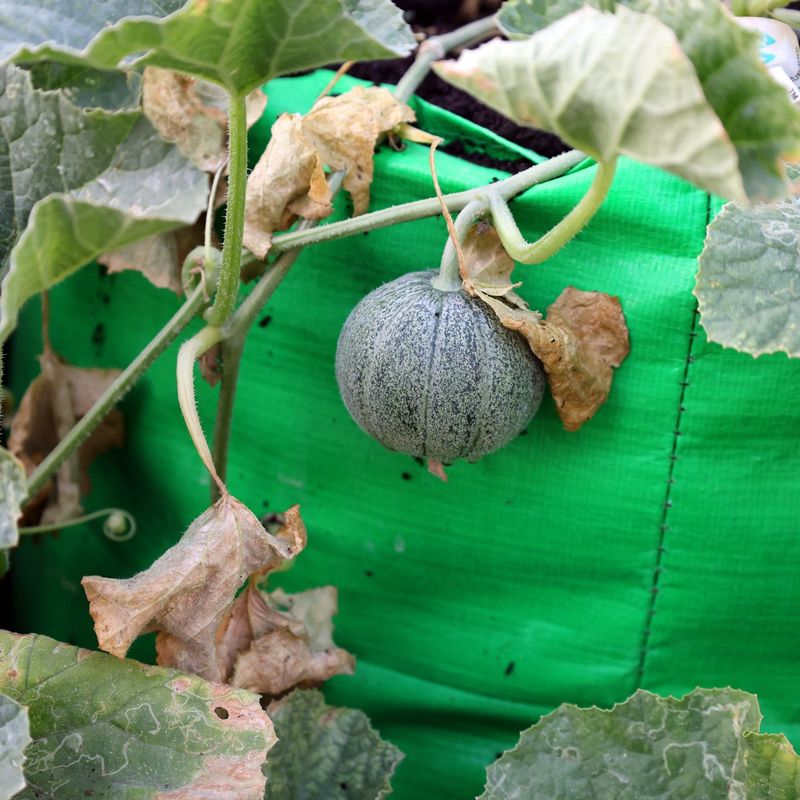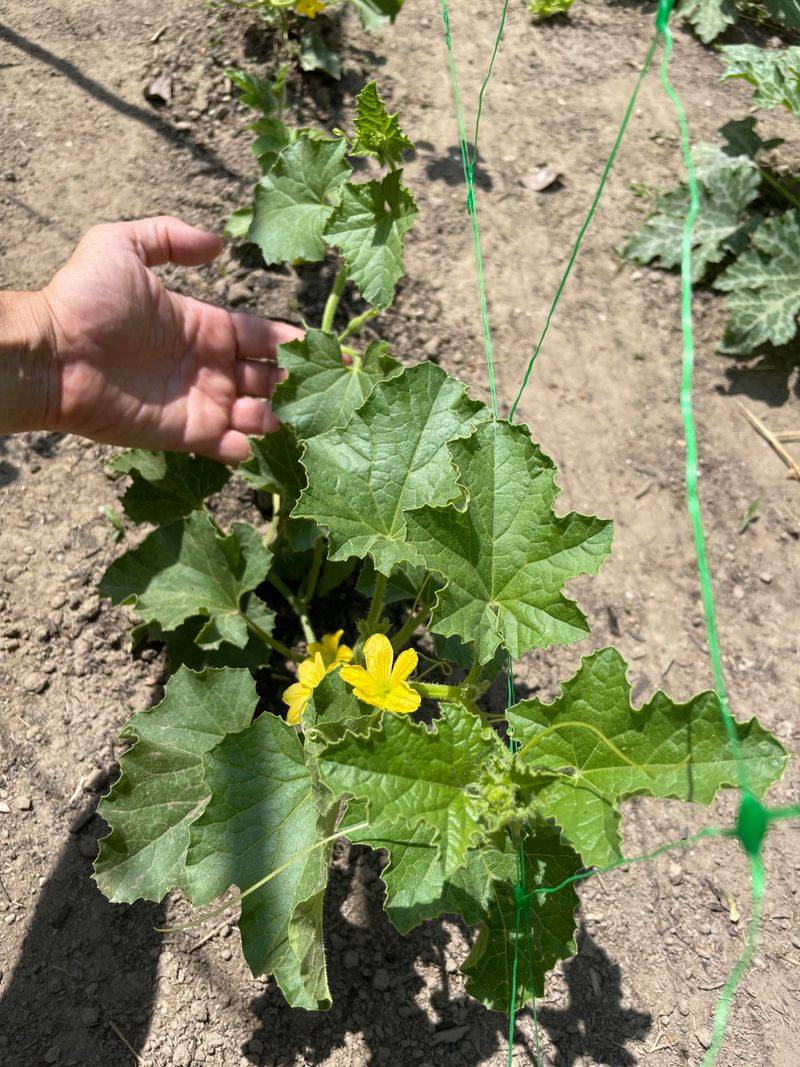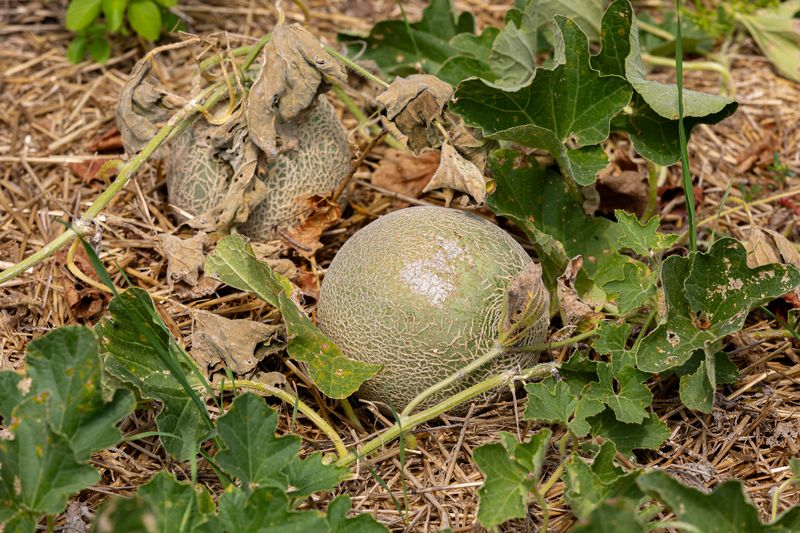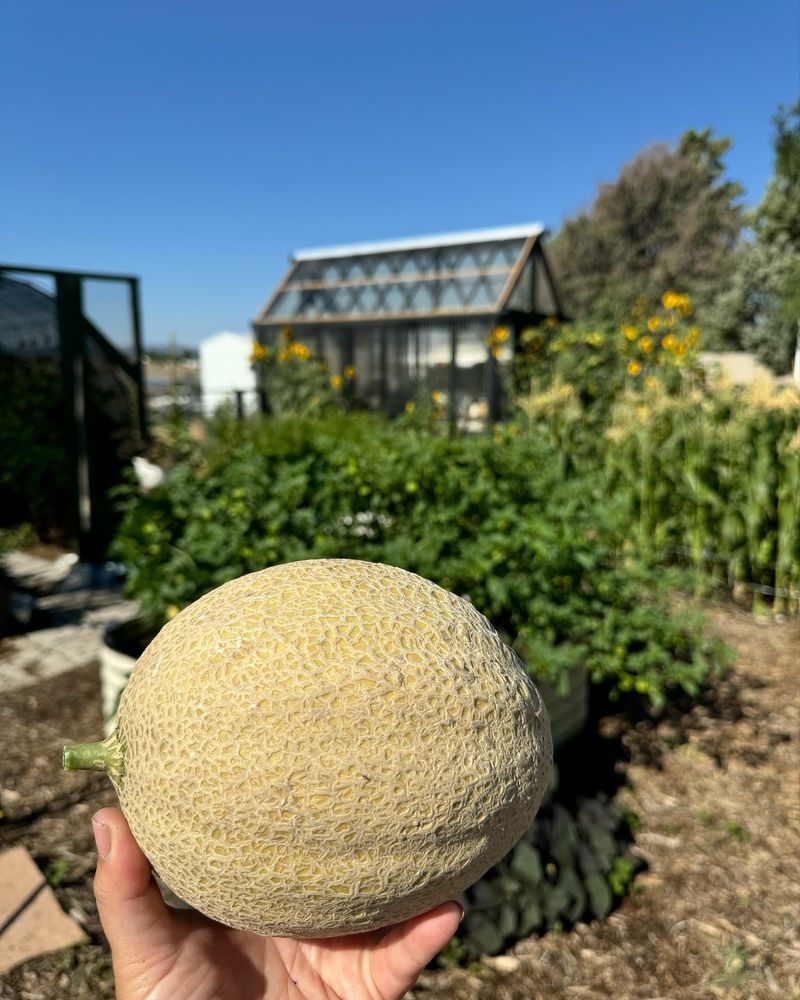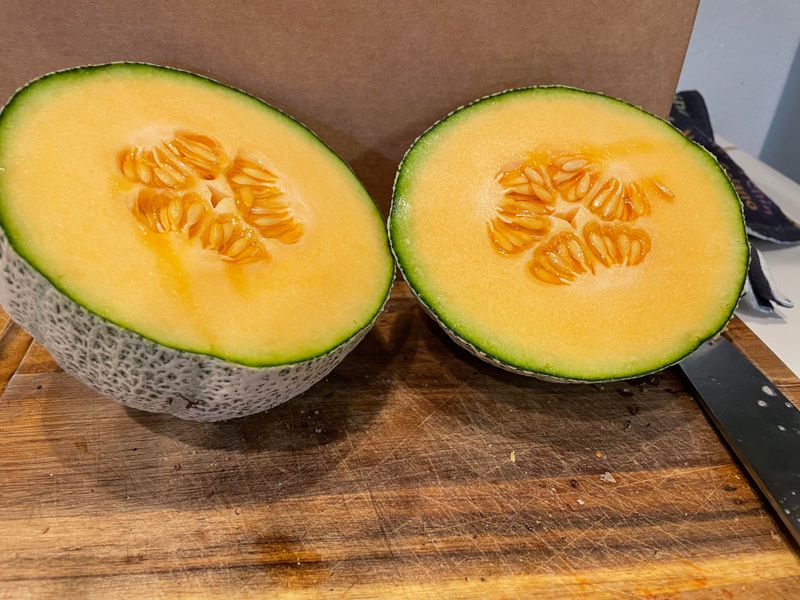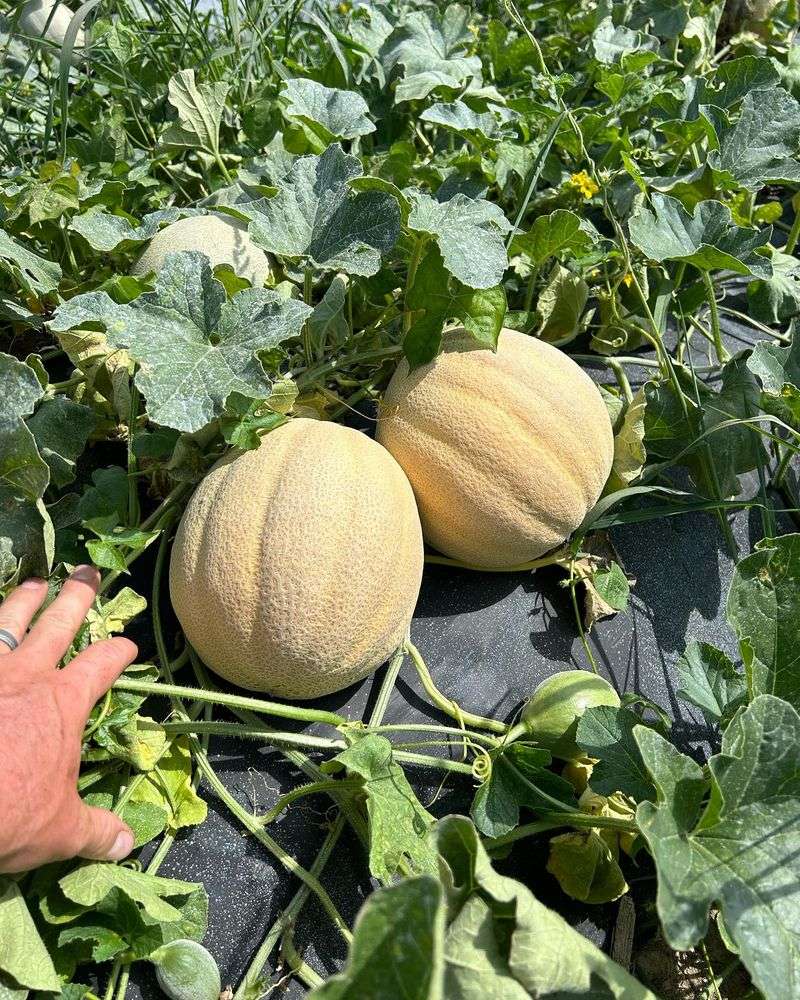Growing your own cantaloupes can be a fun and tasty adventure! These sweet melons not only taste great but are also packed with nutrients. Whether you’re a beginner or have a green thumb, these tips will guide you in growing delicious and healthy cantaloupes right in your backyard.
1. Choose the Right Seeds
Choosing the perfect seeds is the first step. Opt for seeds labeled as organic or heirloom to ensure the best quality. These seeds tend to produce more flavorful and nutritious melons.
Check the package for the harvest time to align with your growing season. In addition, consider disease-resistant varieties to avoid common issues.
Lastly, purchase from a reputable supplier to guarantee seed viability and quality. A little research at the start can make a big difference in the final yield.
2. Prepare the Soil
Healthy soil equals healthy cantaloupes. Start by testing your soil to know its pH level; cantaloupes prefer a slightly acidic to neutral range. Mix in compost or well-rotted manure to boost nutrients.
A sandy loam is ideal, providing good drainage while retaining moisture. Aerate the soil to allow roots to breathe. Tilling the soil before planting ensures it’s loose and airy.
A well-prepared soil bed is the secret to thriving melon vines. Remember, happy soil nurtures happy plants!
3. Plant at the Right Time
Timing is crucial in gardening. Plant cantaloupes after the last frost date, when the soil is warm and the sun is shining brightly. Consistent warm temperatures will encourage rapid growth.
If you live in a cooler area, consider starting seeds indoors. Transplant them outdoors once temperatures stabilize.
Knowing your local climate can help you make the best planting decisions. A timely start ensures your cantaloupes have a full growing season, leading to a bountiful harvest.
4. Use Mulch Wisely
Mulch is a gardener’s best friend. It helps retain soil moisture, which is crucial during dry spells. Spread organic materials like straw or wood chips around your cantaloupe plants.
This layer also suppresses weed growth, reducing competition for nutrients. Additionally, mulch keeps the soil temperature consistent, promoting steady growth.
Avoid placing mulch directly against plant stems to prevent rot. Overall, using mulch gives your cantaloupes a cozy and protective environment to flourish in.
5. Water Adequately
Water is life for plants, and cantaloupes are no exception. Ensure they receive about an inch of water per week, adjusting for rainfall. Deep, infrequent watering encourages strong root systems.
Avoid overhead watering to prevent fungal diseases; aim for the base of the plant instead. Morning is the best time to water, reducing evaporation rates and allowing foliage to dry before nightfall.
With the right watering routine, your cantaloupes will thrive, juicy and sweet.
6. Provide Adequate Sunlight
Sunshine fuels growth. Cantaloupes need full sun to develop their sweet flavor. Ensure your garden spot receives at least six to eight hours of sunlight daily. A sunny location is key to a successful yield.
If shadows are unavoidable, consider reflecting light with white surfaces. Remember, more sun means sweeter melons. Positioning your plants in the right place can make all the difference.
Embrace the sun, and your cantaloupes will reward you with delightful sweetness.
7. Space Plants Properly
Give them room to grow! Cantaloupe vines love to spread out, so providing adequate space is essential. Plant seeds or seedlings about 18 to 24 inches apart.
This spacing allows air circulation, reducing disease risk. It also ensures each plant gets enough sunlight and nutrients. Overcrowding can lead to competition and stunted growth.
Proper spacing is crucial for a healthy and productive garden. Make sure your cantaloupes have the freedom to thrive.
8. Fertilize Regularly
Boost their growth with fertilizers. Start with a balanced fertilizer when planting, then switch to one higher in potassium and phosphorus as they grow. These nutrients promote fruit development.
Organic options like compost tea can also provide a nutrient boost. Apply fertilizers based on the manufacturer’s instructions for best results.
A consistent feeding schedule ensures your cantaloupes grow large and sweet. Remember, a well-fed plant is a happy plant!
9. Control Pests Naturally
Nature has solutions for pests. Encourage beneficial insects like ladybugs and lacewings to control aphids and other pests. Companion planting with marigolds can also deter unwanted insects.
For stubborn pests, use neem oil or insecticidal soap. Regularly inspect your plants for signs of infestation. Early detection is key to managing pest problems.
Embrace natural methods to protect your cantaloupes and the environment. With a little effort, you can keep your garden pest-free.
10. Prune Vines Sparingly
Less is more when pruning. Cantaloupe plants don’t require heavy pruning. Focus on removing any dead or diseased leaves to improve air circulation. Keep the main vine intact to support fruit growth.
Pruning can help direct the plant’s energy towards producing healthier melons. Be gentle and cautious to avoid damaging the plant.
A little trim here and there promotes a lush and productive garden. Remember, healthy vines yield the best fruit.
11. Rotate Crops Annually
A simple practice with big benefits. Rotate your cantaloupe crops each year to different garden areas. This reduces soil-borne diseases and pest buildup. It also helps maintain soil fertility.
Try planting legumes or greens in the off-season to replenish the soil. Crop rotation is a time-tested method for sustainable gardening.
Keeping your garden diverse ensures long-term productivity and health. Make rotation a part of your gardening routine for thriving plants.
12. Harvest at Peak Ripeness
Timing is everything when harvesting. Wait for the perfect moment when cantaloupes slip easily from the vine. The skin should be golden and fragrant. A slight tap should produce a hollow sound.
Picking at the right time ensures maximum sweetness and flavor. Overripe melons can attract pests, while underripe ones lack taste.
Harvesting at peak ripeness guarantees a delectable treat. Relish the rewards of your gardening efforts with perfectly ripe cantaloupes.
13. Store Properly After Harvest
Preserving freshness is crucial. After harvest, store cantaloupes in a cool, dry place. Avoid stacking them to prevent bruising. Refrigerate to extend their shelf life.
Proper storage conditions maintain their flavor and nutritional value. A well-stored cantaloupe can last up to a week.
Enjoy your homegrown melons at their best by taking care of them post-harvest. Relish each bite of juicy sweetness while they’re still fresh and flavorful.
14. Share Your Harvest
Spread the joy of homegrown food. Sharing cantaloupes with friends and family fosters community. Host a gathering or bring some to a neighbor. Freshly sliced cantaloupe makes a refreshing treat on a hot day.
Your garden’s bounty can become a delightful gift. Giving also encourages others to try their hand at gardening. Sharing is a wonderful way to celebrate your hard work and spread happiness.
15. Experiment with Recipes
Get creative in the kitchen. Cantaloupes aren’t just for eating plain; they add flair to recipes too. Try tossing cubes into salads for a sweet twist. Blend them into smoothies for a refreshing drink.
Cantaloupe pairs well with prosciutto or feta cheese in appetizers. Exploring different recipes enhances your enjoyment of this versatile fruit. Let your culinary imagination run wild with endless possibilities.

